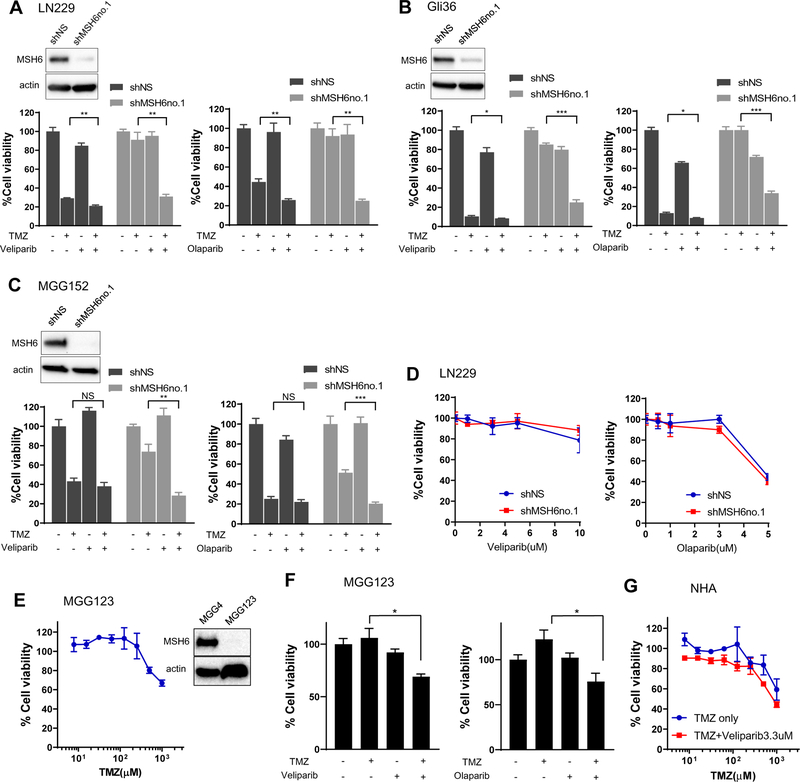Figure 1. PARP inhibitors restore sensitivity to temozolomide in MSH6-inactivated, temozolomide resistant glioblastoma cells.
(A-D) Glioblastoma (GBM) cell lines (LN229 and Gli36) and patient-derived GBM sphere lines (MGG152) were engineered with a non-targeting shRNA (shNS) or MSH6-directed shRNA (shMSH6no.1) lentivirus. Immunoblot confirmed MSH6 knockdown, with Actin as a loading control. Cells were treated with temozolomide (TMZ), Veliparib/Olaparib or TMZ combination with Veliparib/Olaparib, and cell viability was evaluated by Cell Titer Glo on day 6. A: LN229 (TMZ 200 uM, Veliparib 3 uM, Olaparib 1uM) B: Gli36 (TMZ 30 uM, Veliparib 1 uM, Olaparib 0.5uM) C: MGG152(TMZ 200 uM, Veliparib 3 uM, Olaparib 1uM). * P<0.05, **P<0.001, *** P<0.0001 (student t-test). (D) Cell viability assay for Veliparib(left)/Olaparib(right) dose response in LN229shNS and LN229shMSH6no.1. Cell viability was evaluated by Cell Titer Glo on day 6. (E) Immunoblot showing loss of MSH6 in MGG123 with MGG4 as a positive control. Cell viability assay to determine TMZ dose response in MGG123. Cells were treated with specified concentrations of TMZ, and cell viability was evaluated by Cell Titer Glo on day 6. (F) MGG123 cells were treated with TMZ, Veliparib/Olaparib, or TMZ combination with Veliparib/Olaparib, and cell viability was evaluated by Cell Titer Glo on day 6. ** P<0.005 (student t-test). (G) Cell viability assay for TMZ dose response with/without Veliparib (3.3 uM) in normal human astrocytes (NHA). Cell viability was evaluated by Cell Titer Glo on day 6.

